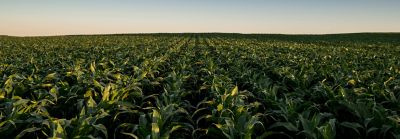Two characteristics of immature corn silage can predispose cows to subclinical rumen acidosis (digestive upset) issues:
- Kernels will likely be more easily broken by chopper processors allowing for easier rumen microbial access
- Kernels contain a starch/protein matrix that will undergo a faster rumen degradation
Nutritionists must deal with two important issues:
- How the nutrients are partitioned (stover sugars and more digestible fiber vs. reduced but more ruminally available kernel starch)
- What feed sources nutritionists use to compliment this unique mix of sugars/starch/fiber in the ration
Starch deposition is the primary driver of corn silage drying down as it matures in the field. Most of the moisture will be contained in the stalk and, without advancing starch deposition, moistures at harvest will likely be in the 70%-plus range. This lack of kernel starch in immature corn silage is what results in high moisture levels which may require management of effluent (runoff) to prevent environmental contamination. Silage effluent has very high “biological oxygen demand” which can cause significant fish kills in contaminated streams. To prevent excess effluent, do not chop finer than 19mm and do not over-process the crop as the immature kernels will not need aggressive processing.
Nitrates should not be a concern for several reasons. Plants are presumably healthy and metabolizing prior to lodging, and the fermentation process degrades nitrates by 50% making any nitrates left in the silage within acceptable limits to ruminants. The only time nitrates could be an issue is if beef cattle are allowed to graze the unfermented crop.
